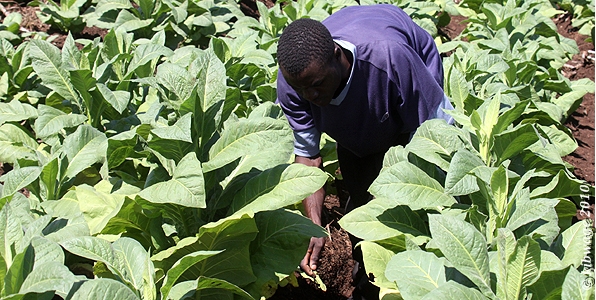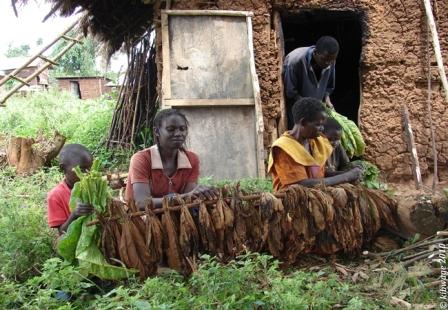Bamboo as Alternative Crop and Livelihood to Smallholder Tobacco Farming Research Project (IDRC Supported)
In Kenya, tobacco farming takes place in Western (Bungoma, Busia, Teso and Mount Elgon districts), Central (Kirinyaga, Muranga, and Thika districts) and Eastern (Meru, Kitui and Machakos districts) provinces). However, most of the 80% tobacco production is taking place in the Southern Nyanza region mainly in Migori, Kuria, Suba and Homa bay districts of Nyanza province. Through financial and technical support from the International Development Research Centre (IDRC-Canada), South Eastern University College (SEUCO) in collaboration with Maseno University, the International Network for Bamboo and Rattan (INBAR) and 240 smallholder tobacco farmers, is leading in undertaking action research aimed at alleviating poverty, promote human health and controlling environmental degradation in these districts (Migori,Homa Bay,Suba and Kuria). The Kenya Tobacco Control Research Group based at SEUCO and Maseno University, is currently involved in one of its largest research projects in the South Nyanza Region and other tobacco growing areas in Kenya focusing on Bamboo as an Alternative Crop and Livelihood Strategy to Smallholder Tobacco Farmers for the period 2006-2012.
The Project Leader, Prof. Jacob Kibwage of the School of Environment and Natural Resources Management, indicates that about 90% of bamboo plants perform well under the same agro-climatic and soil conditions as those of tobacco in the study area (Migori, Kuria, Homabay and Suba Districts). He adds that annual estimated income from bamboo farming will be 4-5 times higher than tobacco at the farm gate prices and about 10 times higher when processed at the community/ family level to various products like baskets, furniture, toothpicks, flower vases, etc.Click here to view: More Bamboo Applications and Uses The project has already established bamboo processing micro-enterprises and farmers cooperatives in each of the 4 four study districts and developed an Action Plan to address the key issues surrounding the smallholder tobacco farmers in the area.Click here to view: Why Bamboo Production is a Viable Alternative to Tobacco Farming
 
Tobacco farmer attending to his plants Tobacco farmers drying tobacco leaves in Nyanza
|



